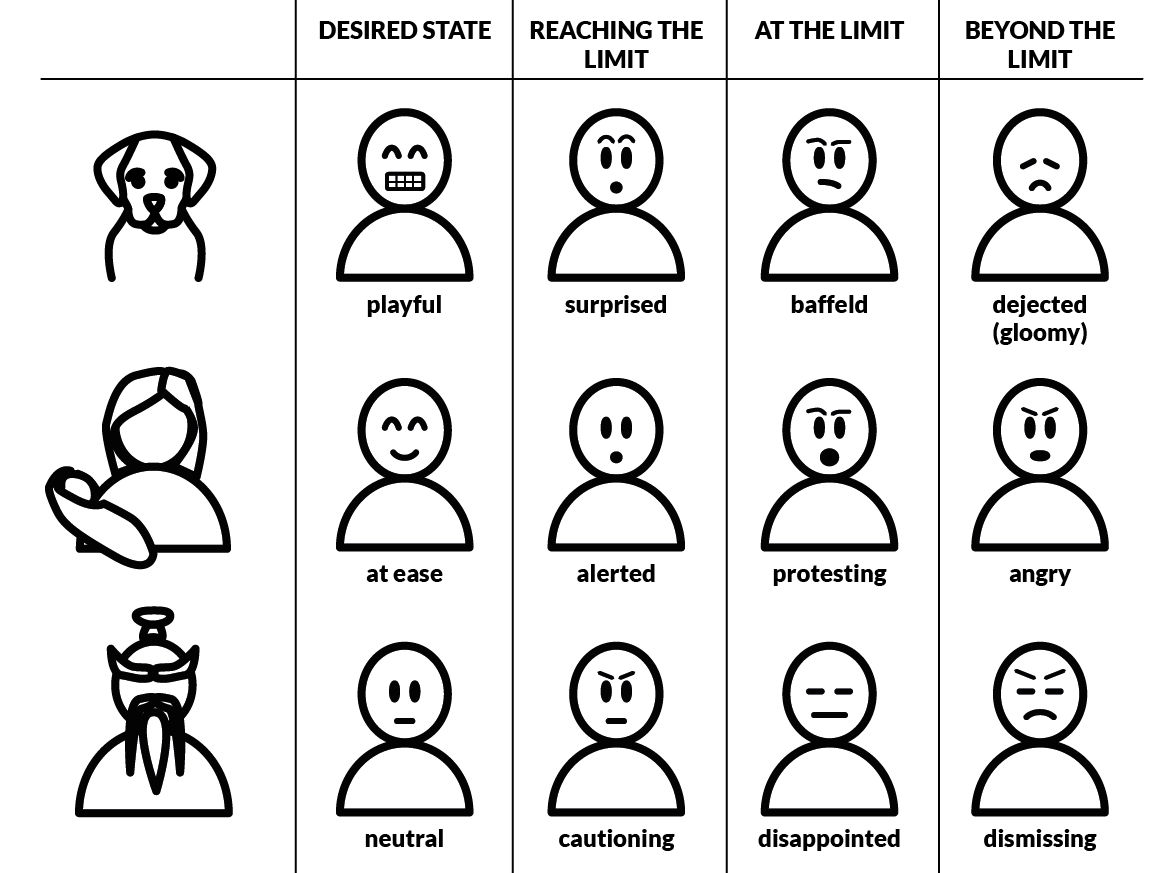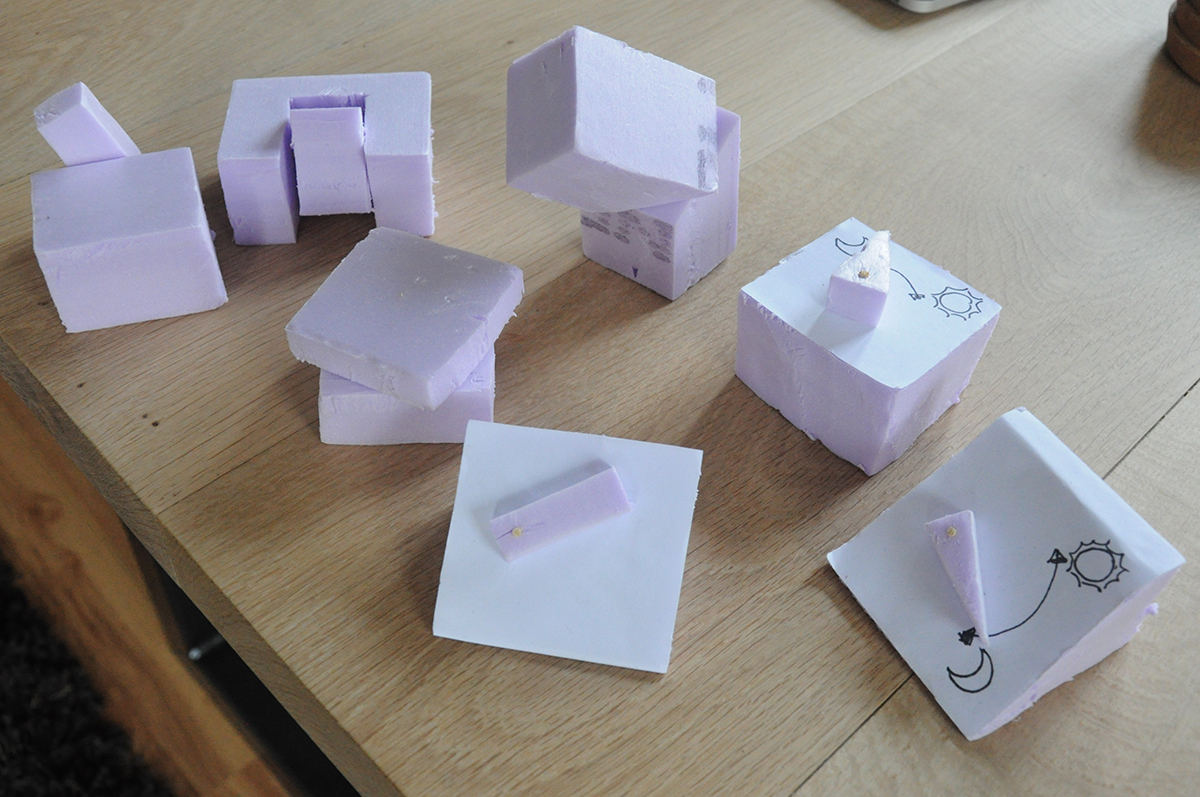
Diem
Keywords:
Industrial Design
Internet of Things
Smart products
Artificial Intelligence
Nowadays people use all sorts of "smart" products in their daily routines. But are these products actually smart? Or just loaded with sensors and connected to your smartphone or the internet? For my graduation project I wanted to explore what real smartness in products would be like. To push that limit I asked myself the following question:
What would happen if our products know better and disagree with us? What would that interaction be like?
To answer this question I used a 'Research through Design'-approach, which means that I conducted research by means of design interventions. I came up with a concept for a smart home product with a mind of its own that is plausible with current technology. To understand the implications of such a product, I invited people to interact with my concept to experience disagreeing with it.
My graduation project was part of ongoing research into Objects with Intent by Marco Rozendaal at the Connected Everyday Lab of the Faculty of Design Engineering as one of its design demonstrators.
A product with a conflicting scenario
Diem is a smart autonomous dimmer that sets the colour and intensity of the light indoors to mimic the circadian rhythm of the sun. That way it gives your home a healthy day/night-rhythm. This rhythm helps your body to stay balanced, because your body knows when it is time for you to go to bed.
The user can adjust the light setting as well. However, the product has a clear mind on what's best. It will ‘protest’ if the user increases the light setting too much for that time of the day and it will make sure the light returns to a healthy setting.
The prototype
A joyful puppy, a caring mother or a strict kungfu-master?
Based on the theory of Neo-Animism I used this matrix to explore what the emotions of each of these personalities would be towards the user depending on how far the user deviates from what’s a healthy light setting. During this exploration I was searching for a personality with a good balance between being able to praise and to correct the user.
 An exploration in how different personalities will respond to the same situation in their own way.
An exploration in how different personalities will respond to the same situation in their own way.
Iterating on the embodiment
Inspired by useless machines, I searched for means to embody the conflict in the product as well as in the light-level. Therefore my exploration with foam prototypes went towards shapes that display tension.
 A study in finding the right embodiment for interacting with the prototype.
A study in finding the right embodiment for interacting with the prototype.
The conflict in the interaction
Based on the personality study and by making use of light, sound, and resistance, I’ve programmed behaviour to enable the prototype to guide the user towards a wise decision about the light settings.
During the course of the evening, the prototype communicates slowly lower the light setting by appearing to fall asleep itself. it falls asleep by lowering its head and dimming its LEDs
When interacting with the prototype, the prototype will praise the user for lowering the light setting by emitting a smooth pulse of white light. When the user raises the light setting too much the prototype will correct the user with flashing red light and physically resisting the users movement.
When the user continues to push the limits of the prototype further, the prototype will lose its patience and will respond more directly and resolutely.
 Interacting with the prototype.
Interacting with the prototype.
 The different stages of the prototype falling asleep during the course of the evening.
The different stages of the prototype falling asleep during the course of the evening.